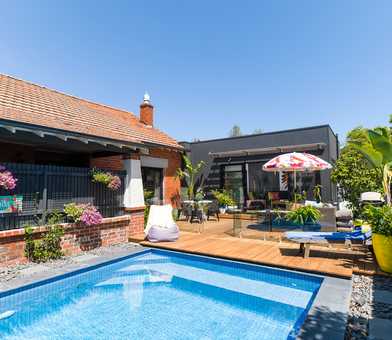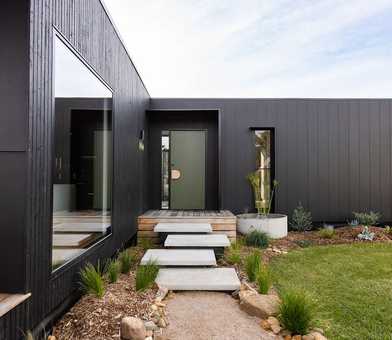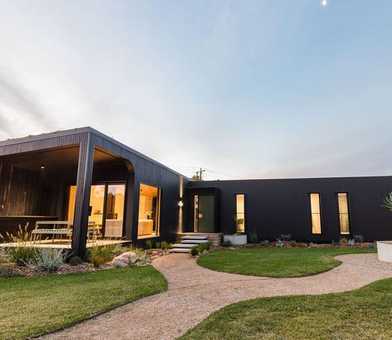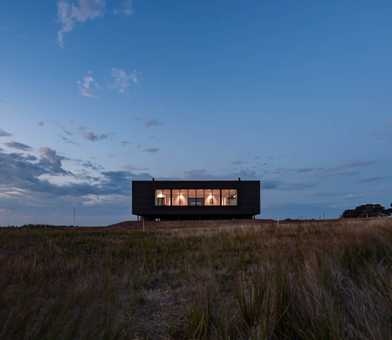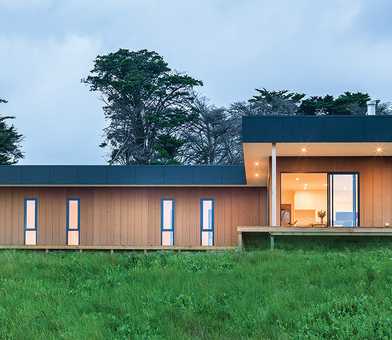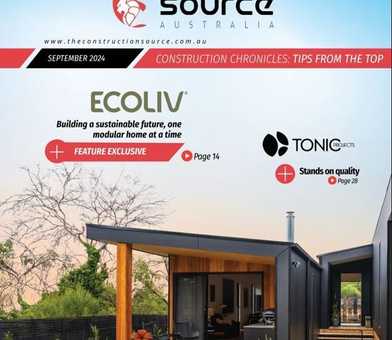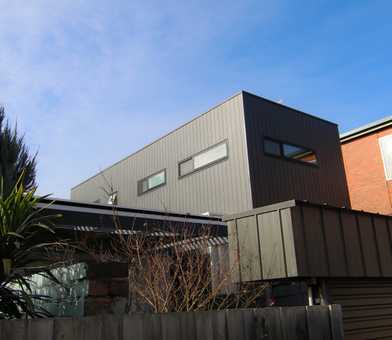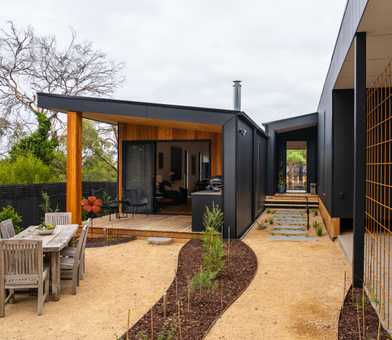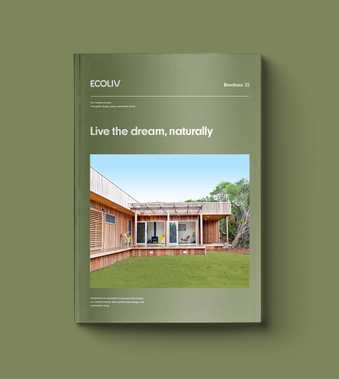Off-Grid Houses: Living Off The Grid in Australia
A few years ago, living off the grid was reserved for only the most adventurous and bravest of souls. But with the rapid advancements in technology, you too can experience living off the grid while maintaining a sustainable existence. What does it mean to be living off the grid? Living “off the grid” (OTG) simply means not being dependent on the everyday utilities (gas, electricity, sewerage & water), which most of us take for granted. When you live off the grid you’re essentially self-sufficient, and able to take care of your own utility needs and live in a more sustainable manner. Designing a home for off grid living - what should you consider?
It’s important you properly plan your self-sufficient living. Below is a list of considerations you should take into account when going through the planning stages for your off grid homes.
Also on the blog: slow living, sustainable landscaping and sustainability trends.
Off Grid Power
Off grid solar and storage technology has advanced significantly in recent years. A well designed system can supply most households with enough power to meet typical household energy supplies. Before you go ahead and set up your own system, it’s important to be aware of how it works and its limitations.
Things to consider:
- The number of solar panels you require. A simple rule of thumb is to get more than you need!
- Don’t go overboard with the size of your backup battery - get the most economical battery you can, generally a days supply of power storage is adequate.
Figure out exactly what amount of energy you’ll require - not what you want but what you need. Proper planning of your energy consumption will play a big part in setting you up for off grid living success!
For some more information on how to calculate the most suitable solution you can read more here.
Off Grid Water
Collecting your own water is an important consideration. Your roof can act as the perfect catchment area and then for storing in a large rainwater tank. It’s important to also be aware that you’ll want to treat your water with a UV filter to kill off any bacteria so it’s safe for human consumption. There are other technologies you can use to make sure your water is safe, things like gutter guards, mosquito guards and first flush diverters.
Also on the blog: our sustainable renovations guide and considerations when choosing sustainable building materials.
Off Grid Waste Water
When living off the grid, careful consideration of the management of your home’s wastewater is important. When designing a new off grid home, you can opt to recycle some of your water, and to process the waste that you cannot reuse. Greywater is the wastewater that comes from showers, washing machines, and sinks. It can be recycled and used for irrigating gardens and flushing toilets which reduces usage of precious harvested tank water. The most important element to this will be how you choose to dispose of your sewage. Blackwater is the sewage wastewater from toilets and dishwashers, which contain solid food particles and human waste. These solids are considered harmful to humans and require treatment via a septic system. There are many systems available to safely, cleanly, and greenly dispose of your waste but choosing an environmentally friendly system suited to your site and requirements is the best option. Is it worth it?
Living off the grid certainly takes a little more effort and planning. Aside from the long term cost benefits, in an increasingly disposable world, living OTG is doing your bit to improve the planet. Going “off grid” is becoming an increasingly popular choice for people looking to reduce their carbon footprint, assert their independence and avoid reliance on fossil fuels.
How can I build an off the grid home of my own?
At Ecoliv we specialize in off the grid homes and can help you put together the perfect plan for your sustainable home and off the grid life. Contact us today to have a chat with one of Ecoliv Team today!
